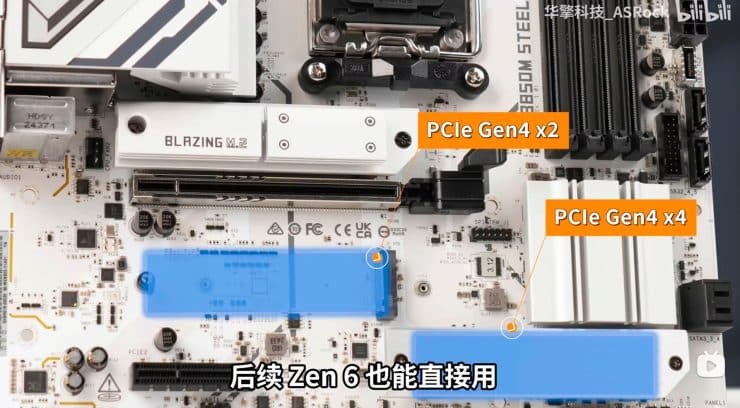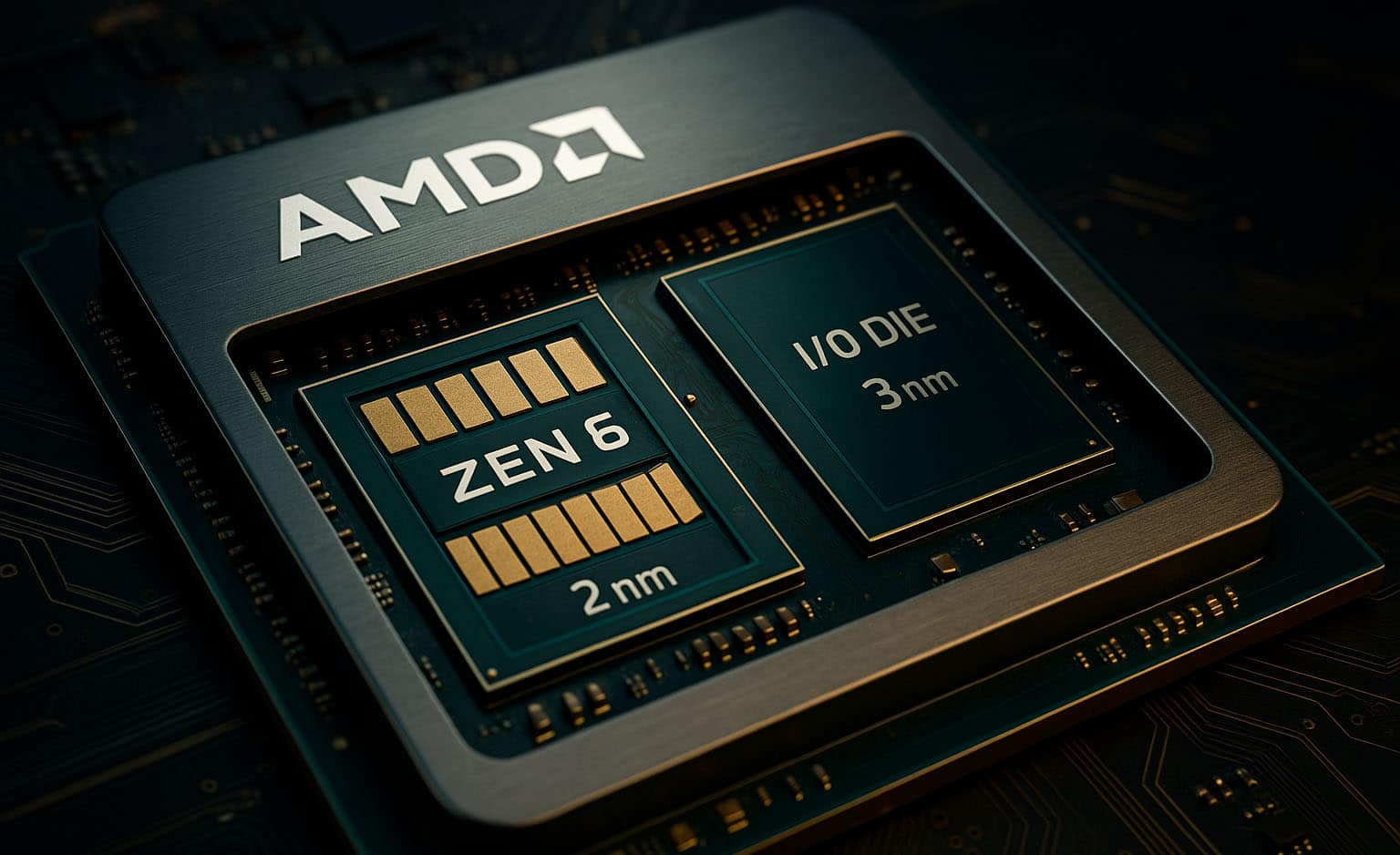- ASRock confirms its B800 series motherboards will support future Ryzen 10000 CPUs, which will use the Zen 6 architecture.
- This backward compatibility is a key selling point for new motherboards, as the older 600 series may not support chips beyond the Ryzen 9000 series.
- ASRock’s B850M Steel Legend WiFi motherboard, which is already available, will support Zen 6 processors despite having a 32MB BIOS.
Following MSI and ASUS’ formal announcement of their motherboards’ compatibility with Zen 6, ASRock has also joined the party. The latter has also promised backward compatibility of its B800 Series motherboards with future Ryzen 10000 CPUs. ASRock, like ASUS, has been as forthright, confirming from China that their motherboards will be compatible with AMD’s upcoming Zen 6 CPU architecture.
It’s good that these companies provided this knowledge to ensure users can benefit from it in future processor generations. Today’s PC builders prefer AM5 motherboards with 800 series chipsets due to their guaranteed compatibility. The 600 series may be limited to the Ryzen 7000 and 8000 series (Zen 4) and the Ryzen 9000 (Zen 5). This has not been mentioned.
ASRock has focused on its ASRock B850M Steel Legend WiFi motherboard being compatible with AMD Zen 6 processors. But unlike ASUS, this is an already released motherboard, and it features a 32MB BIOS.
The motherboards we’ve seen from MSI and ASUS are essentially rehashes with a fresh BIOS and 64MB storage. This not only ensures integrated support for the entire next chip generation, but GIGABYTE, for example, uses the extra space to include WiFi and Bluetooth drivers in the BIOS.
This enables you to build your PC and have WiFi connectivity as soon as you install Windows 11. This eliminates the need to use Ethernet to obtain the chipset drivers necessary for wireless communication.
This means that ASRock will maintain compatibility even if its motherboards with AMD 800 chipsets have a 32MB BIOS.
According to reports, the AMD Ryzen 10000 (Medusa) processors are expected to come with the Zen 6 (Morpheus) architecture. They are scheduled to arrive between late 2026 and early 2027.
Additionally, they may utilize the TSMC manufacturing process, based on the improved 2 nm and 3 nm nodes, to achieve improvements in efficiency and density. Some rumours suggest that they could employ an N2 or N2P node, specifically for the compute tiles, which are the CCDs that house the Zen 6 cores.
In terms of CCDs, each is predicted to rise from eight cores to a maximum of 10 or 12. The best-case scenario could result in a configuration with up to 24 cores. IPC improvements are also expected, as are faster clock rates.
Thank you! Please share your positive feedback. 🔋
How could we improve this post? Please Help us. 😔
[Editor-in-Chief]
Sajjad Hussain is the Founder and Editor-in-Chief of Tech4Gamers.com. Apart from the Tech and Gaming scene, Sajjad is a Seasonal banker who has delivered multi-million dollar projects as an IT Project Manager and works as a freelancer to provide professional services to corporate giants and emerging startups in the IT space.
Majored in Computer Science
13+ years of Experience as a PC Hardware Reviewer.
8+ years of Experience as an IT Project Manager in the Corporate Sector.
Certified in Google IT Support Specialization.
Admin of PPG, the largest local Community of gamers with 130k+ members.
Sajjad is a passionate and knowledgeable individual with many skills and experience in the tech industry and the gaming community. He is committed to providing honest, in-depth product reviews and analysis and building and maintaining a strong gaming community.


 Threads
Threads



